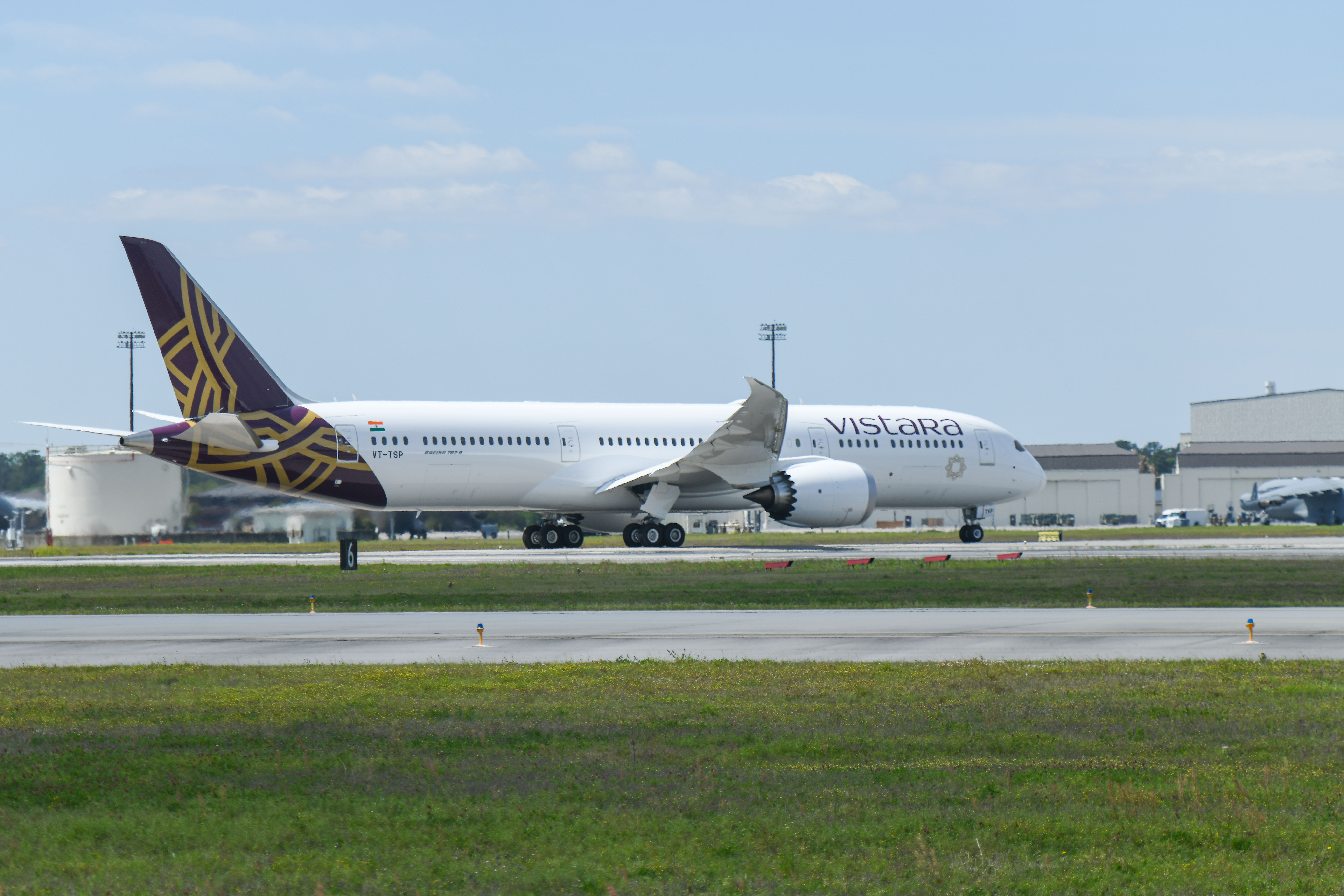Not only the Euro is losing value against the US dollar, most Asian currencies currently are losing ground against the greenback. A positive feedback for European travellers who will feel less affected in Asia by the Euro’s declining value…
BANGKOK- Uncertainties in the world economy and volatility in stock markets tend to have a negative impact on Asian currencies. Over the last three months, there has been a general weakening of most currencies in Asia as exports start to be hit hard by slow demand from the West. This has at least a positive effect for European travellers coming to Asia. Their purchasing power will be less affected here than in countries linked to the US dollar or to stronger currencies such as Brazil or South Africa.
Dropping exports for example started to depress the Thai Baht. Although the Thai currency is still close to its highest, it is still down by 3.4% compared to the end of last year. As political instability still remains a concern in Thailand, the currency could move further down to be in a range of 31.80 to 32 Baht for a dollar. Declining exports have also pushed down the Rupiah in Indonesia. On Monday, the currency traded at 9,473 per dollar, compared with 9,468 on Aug. 3, according to prices from local banks compiled by Bloomberg. The currency lost 4.3 % since the beginning of the year.
Asian currencies are also fragilized by slowing economy in the two Asian giants, India and China. Economy slow downed considerably in China and sluggish perspectives are now depressing other currencies. As long as China economy does not show sign of stronger revival, it is unlikely to expect a sharp upward trend from other currencies in the region. India Rupee is also reaching an-all low this year as investors remain unsecure about India’s economic direction. Since the end of last year, Indian Rupee lost almost 20% of its value against the US dollar, taking in its fall the Sri Lankan Rupee, down by 19.3%.
Best performing currencies remain so far the Australian dollar and the Japanese Yen. The Aussie dollar is now higher than the US dollar by 5%, making the country an increasingly expensive place to live or to spend holidays. The Australian dollar is deeply linked to the commodity market with Australia being a major exporter of Iron Ore, Coal, Gold, Crude Oil and LNG. The Japanese Yen remains a safe currency with its value up by a modest 1.38% since the beginning of the year. However, its value is up by 16% since 2009 and by 33% since 2007.
|
COUNTRY |
CURRENCY |
2009 |
2010 |
2011 |
May 2012 |
Aug. 3, 2012 |
|
AUSTRALIA |
DOLLAR |
0.793 |
0.920 |
1.033 |
0.9980 |
1.0566 |
|
CHINA, P.R. |
YUAN |
6.831 |
6.770 |
6.463 |
6.324 |
6.372 |
|
EURO ZONE |
EURO |
1.394 |
1.326 |
1.393 |
1.281 |
1.239 |
|
INDIA |
RUPEE |
48.330 |
45.650 |
46.580 |
54.331 |
55.750 |
|
JAPAN |
YEN |
93.680 |
87.780 |
79.700 |
79.667 |
78.600 |
|
MALAYSIA |
RINGGIT |
3.523 |
3.261 |
3.056 |
3.098 |
3.124 |
|
SINGAPORE |
DOLLAR |
1.454 |
1.363 |
1.257 |
1.262 |
1.242 |
|
SOUTH KOREA |
WON |
1274.63 |
1155.74 |
1106.94 |
1156.69 |
1134.25 |
|
SRI LANKA |
RUPEE |
114.909 |
112.990 |
110.470 |
129.004 |
131.800 |
|
TAIWAN |
DOLLAR |
33.020 |
31.498 |
29.382 |
29.467 |
29.9200 |
|
THAILAND |
BAHT |
34.310 |
31.700 |
30.462 |
31.285 |
31.4800 |
(Source: US Federal Reserve)
Luc Citrinot a French national is a freelance journalist and consultant in tourism and air transport with over 20 years experience. Based in Paris and Bangkok, he works for various travel and air transport trade publications in Europe and Asia.




























































































